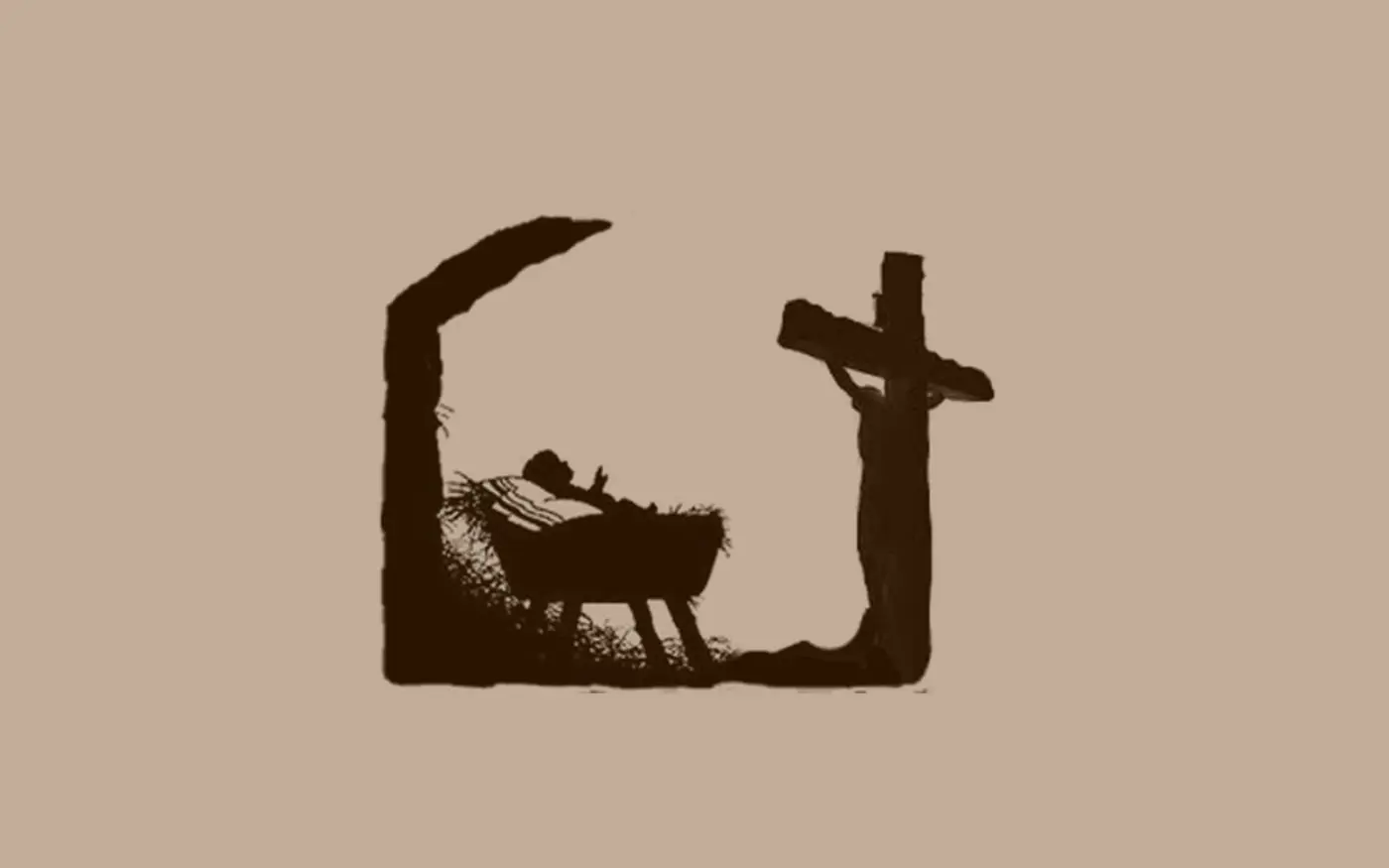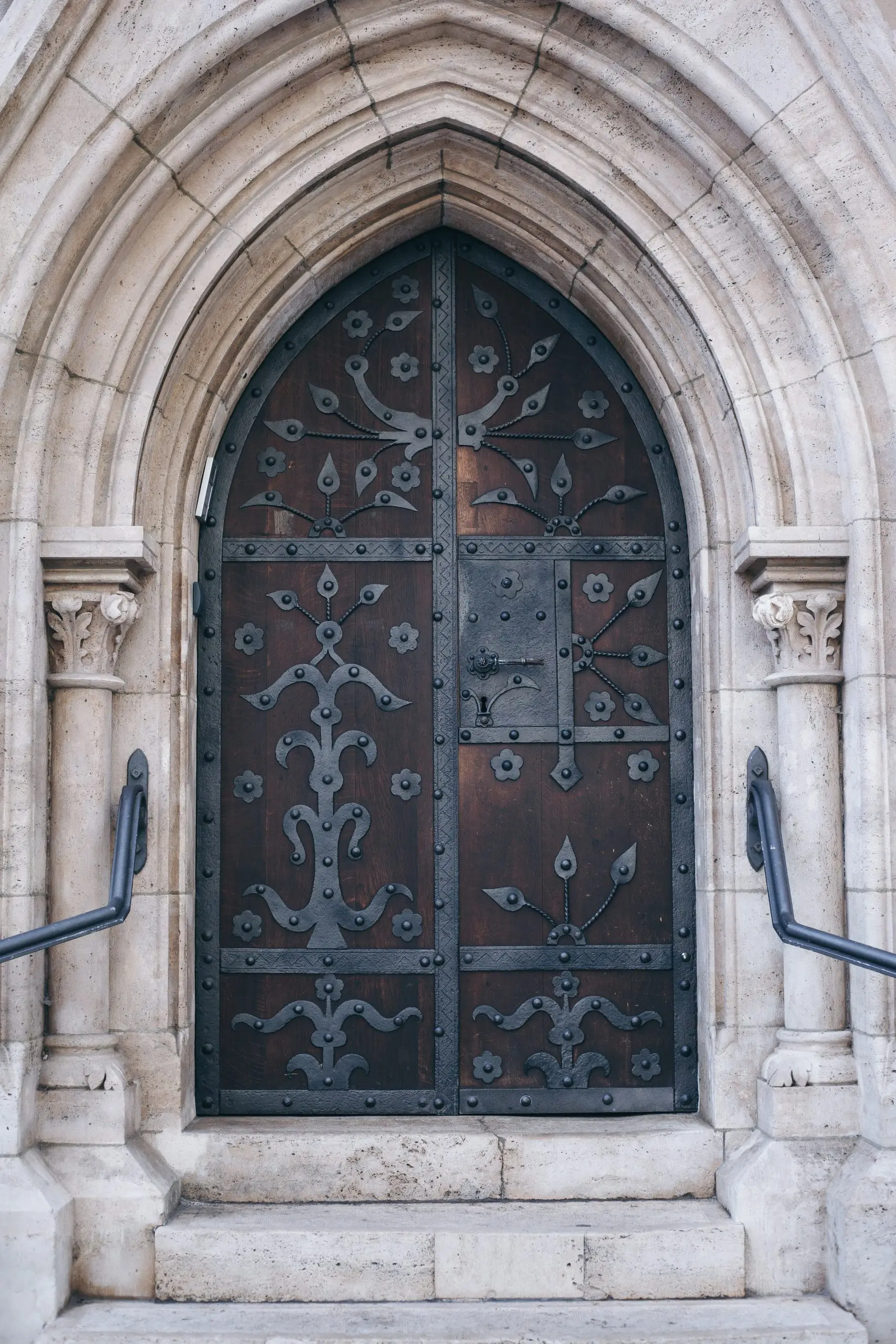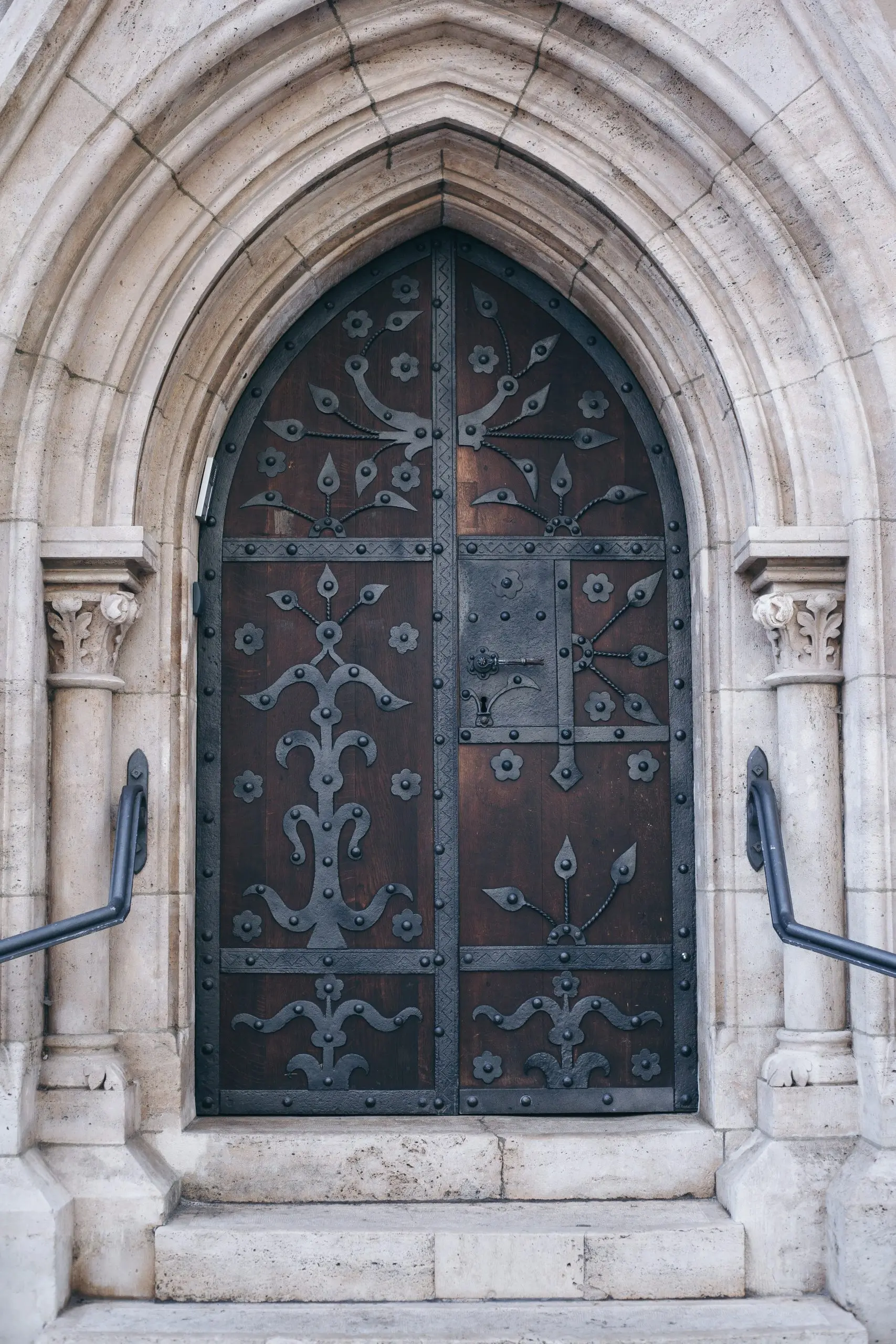The manger, a rough structure unfit for humans, much less a king, would mark our Savior’s entrance into this world. It is a bookend, part of a corresponding pair marking the life of Jesus. For He also exited this world upon a rough structure unfit for humans, much less a king. One structure, the manger, the enduring image of Christmas; the other, the cross, the enduring image of Easter.
Like bookends facing opposite directions, yet an undeniable pair, consider the relationship between the manger and the cross.
[raw] [column size=”1/2″ wpautop=”true”]
The Manger
A structure designed to hold the food of common animals
Received the Messiah, wrapped in swaddling clothes
Jesus flanked by his two parents
A sign to draw shepherds
A place where common men
came to worship
As Christ lay there, the dark night was pierced by heavenly light
Shepherds returned from there “glorifying and praising God for all that they had heard and seen, just as had been told them” (Luke 2:20 NASB95)
In Bethlehem, which means “House of Bread”; at Jesus’ birth, there was declared peace on earth
[/column] [column size=”1/2″ wpautop=”true”]
The Cross
A structure designed to hold common criminals
Received the Messiah, stripped of all His garments
Jesus flanked by two robbers
A sign to draw all mankind
A place where rulers
came to sneer
As Christ hung there, the sun was obscured by darkness
“The crowds who came together for this spectacle, when they observed what had happened, began to return, beating their breasts” in anguish (Luke 23:48 NASB95)
In Jerusalem, which means “City of Peace”; Jesus died during the Feast of Unleavened Bread
[/column]
[/raw]
Symbols of Celebration
The manger and the cross are unlikely symbols of celebration. To give them places of honor would have been beyond odd for first-century tastes.
Mangers are feeding troughs . . . and not the aesthetically pleasing, carefully repurposed pallet designs we see on display today. They were likely not even wood, but roughly hewn stone boxes whose design focused on function—holding animal fodder. In that function, the manger found itself surrounded not by well-dressed wise men, but by the waste of animals.
Crosses were not fashionable jewelry or signifiers of church buildings. They were machines of execution. Imagine modern equivalents.
What would the world make of a group of worshipers intent on revering a hangman’s noose?
How might we ridicule those who held a special place in their heart for the gas chamber?
Why is it that the electric chair hasn’t caught on as a gold pendant hung around the neck?
With these images we can begin to see why Paul wrote:
For the word of the cross is foolishness to those who are perishing, but to us who are being saved it is the power of God. . . . For indeed some ask for signs and many search for wisdom; but we preach Christ crucified, to some a stumbling block and to many foolishness, but to others . . . the power and wisdom of God. (1 Corinthians 1:18, 22–24 NASB95)
It is fitting that we should celebrate such common items, such crude objects, for they preach to us this message: That which Christ touches is redeemed from its reputation, trades shame for honor, and gains godliness where there was none.
That which Christ touches is redeemed from its reputation, trades shame for honor, and gains godliness where there was none.
—Michael Stewart
That is a message, of course, not about mangers and crosses, mere objects of stone and wood, but a message for people. Christ has come to redeem mankind. And if objects designed for ignoble use can be transformed into objects of veneration through their connection with Jesus, how much more so can we, who were designed for a divine relationship with God Himself, come to life through a relationship with Jesus.
An Invitation
I invite you to take part in that relationship with God through Christ. If you’ve never trusted Jesus to be your Savior, know that He came to the world to save us each from our sins and to give us life.
Know that the sign to the shepherds was a manger. In many houses, shepherds would have been unwelcome and unwanted, but knowing that they were seeking a place with a manger, a place where people were used to the keeping and keepers of animals, they sought Christ without reservation.
You, too, might think God is unapproachable. Know that He has given us a sign, sending His Son as human, familiar with our weaknesses, and welcoming us to receive Him, to receive His life.
For the baby in the manger and the man on the cross is Jesus the risen Savior who conquers death and gives life to the lowly.
The baby in the manger and the man on the cross is Jesus the risen Savior who conquers death and gives life to the lowly.
—Michael Stewart
Michael Stewart is the Vice President of Reflections Ministries. This article is adapted from his Christmas sermon, “The Manger and the Cross.” Follow @MichaelPStewart
Image credit (“Christ On The Cross Silhouette”)
More on Christmas and Advent:



